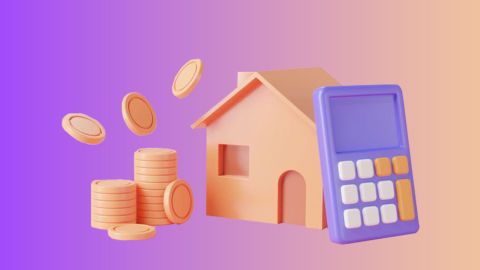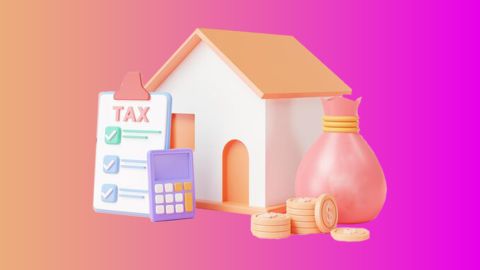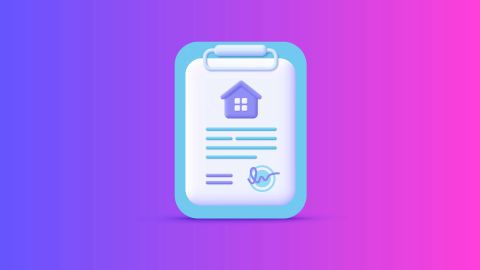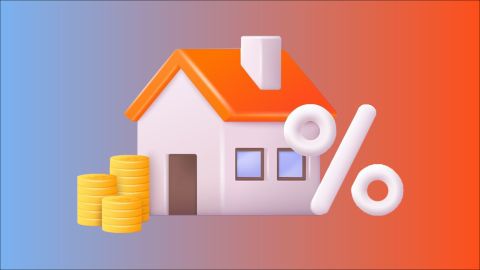Today we shall discuss a significant governing aspect of the Indian housing market - The affordable housing criteria. Making residential properties accessible and affordable to everyone in India, from low to middle-income households, has indeed been a long-standing vision. As housing lies at the forefront of individual needs, there are numerous government schemes and policies lining the horizon, aiming to make this vision a reality. This article outlines the affordable housing eligibility criteria and the key factors that determine this aspect. It also aims to educate the readers about the income-based eligibility for affordable housing, the necessary size and area requirements for affordable housing, and the significant government policies promoting affordable housing in India. We shall also attempt to put the spotlight on Bajaj Finserv Home Loan, a key financial service institution that facilitates easy access to affordable housing loans with a customer-centric approach.
Understanding affordable housing eligibility criteria
In the most simplistic words, affordable housing can be described as housing units with an economical cost that middle and lower-income families can afford without compromising their basic living expenses. To determine the eligibility for affordable housing, specific criteria have been set by the government and housing authorities, usually revolving around the applicant’s income, area of the property, size of the unit, etc.
While income remains a critical factor determining one’s eligibility, it often varies according to families' size. It also considers factors such as the median income of the area where one lives. Eligibility for affordable housing applies to several sections of society, including first-time home buyers, low-income families, senior citizens, and families belonging to the scheduled castes and the scheduled tribes.
Key criteria for affordable housing
- Income criteria: It is paramount in the eligibility determination where the maximum annual income decides if a household qualifies as a low-income household, very low-income, or extremely low income. It is generally based on a percentage measure of the area's median income (AMI).
- Property's central location: The housing unit's location is critical. To be considered as affordable, the dwelling must be in areas with easy access to work opportunities, green spaces, hospitals, schools, and public transportation, thereby providing a good quality of life.
- Property’s size: Several housing programs have set specific criteria concerning the floor area of a housing unit to be considered "affordable".
- Policy compliance: It is crucial for the property to comply with existing government housing policies, rules, and regulations ensuring safety and habitability.
Income-based eligibility for affordable housing criteria
The income-based eligibility for affordable housing depends on the median income of the area. Typically, families earning 80% or less of the area's median income are considered 'low-income' families, 50% or less are categorised as 'very low income' families, and families earning 30% or less are classified as 'Extremely low-income' families. These income limits vary from one region to another and are updated annually.
Size and area requirements for affordable housing
As per the Pradhan Mantri Awas Yojana (PMAY) scheme, the unit's carpet area should be up to 30 sq. mt for Economically Weaker Section (EWS) and up to 60 sq. mt for Low Income Group (LIG) to qualify for affordable housing. Similarly, for Middle Income Group I (MIG I) it should be up to 160 sq. mt and for Middle Income Group II (MIG II) it should be up to 200 sq. mt.
Government policies and schemes for affordable housing
India has launched numerous schemes and policies to boost affordable housing. The Pradhan Mantri Awas Yojana (PMAY), launched in 2015, is designed to provide 'Housing for all' by 31st March 2022. It has provisions for interest subsidies on home loans for acquisition/construction of houses and offers a credit-linked subsidy scheme (CLSS) for middle, low, and economically weaker sections of society.
In addition, various states have their own affordable housing policies to meet regional housing demands.
Affordable housing with Bajaj Finserv Home Loan
In the affordable housing landscape, financial institutions play a noteworthy role. One of them is Bajaj Finance that offers Home Loans with features designed to suit different customer needs. It has become one of the most trusted names in the financial sector because of its easy accessibility, minimalistic paperwork, quick processing, and competitive interest rates.
The speciality of Bajaj Finserv Home Loan is in its customer-centric approach. The organisation offers flexible repayment tenures and large loan amounts, ensuring a comfortable borrowing and repayment experience. They also offer home loans for women at a special interest rate and have a fast-track home foreclosure process, leading to high levels of customer satisfaction.
Additionally, Bajaj Finance provides an easy balance transfer facility, the option to avail a top-up loan, and flexible repayment options. The borrowers also have access to the digital customer portal to manage their loan account conveniently. With a blend of technology and personalised services, Bajaj Finance has made the home loan process straightforward, making it the preferred choice for many home buyers.
Affordable housing, although a multi-faceted concept, primarily revolves around the income and affordability of the buyer. The Government's schemes and initiatives coupled with financial institution’s customer-friendly home loan facilities like those offered by Bajaj Finance, have significantly modified the affordability equation in India, making homeownership a more realistic and attainable dream for many.




